Nepal, with its stunning landscapes and rich cultural heritage, is a paradise for trekkers. For families seeking adventure and quality time together, the Himalayan nation offers a variety of trekking routes that are both exhilarating and suitable for all ages. From the panoramic views of the Annapurna range to the serene beauty of Rara Lake, these family-friendly treks provide an unforgettable experience. In this blog, we will explore the best family treks in Nepal, the ideal time to visit, and essential tips for a safe and enjoyable journey.
Why Choose Nepal for Family Treks?
Nepal boasts a diverse range of trekking options that cater to different fitness levels and interests. The country’s well-established trekking infrastructure, including comfortable lodges and experienced guides, ensures that families can enjoy their trekking adventure with ease. Additionally, the warm hospitality of the Nepali people and the opportunity to immerse in local culture make trekking in Nepal a unique and enriching experience for families.
Best Time to Visit
The best time for family treks in Nepal is during the spring (March to May) and autumn (September to November) seasons. During these periods, the weather is mild, and the skies are clear, offering breathtaking views of the mountains. It’s also a great time to witness the vibrant flora and fauna of the region.
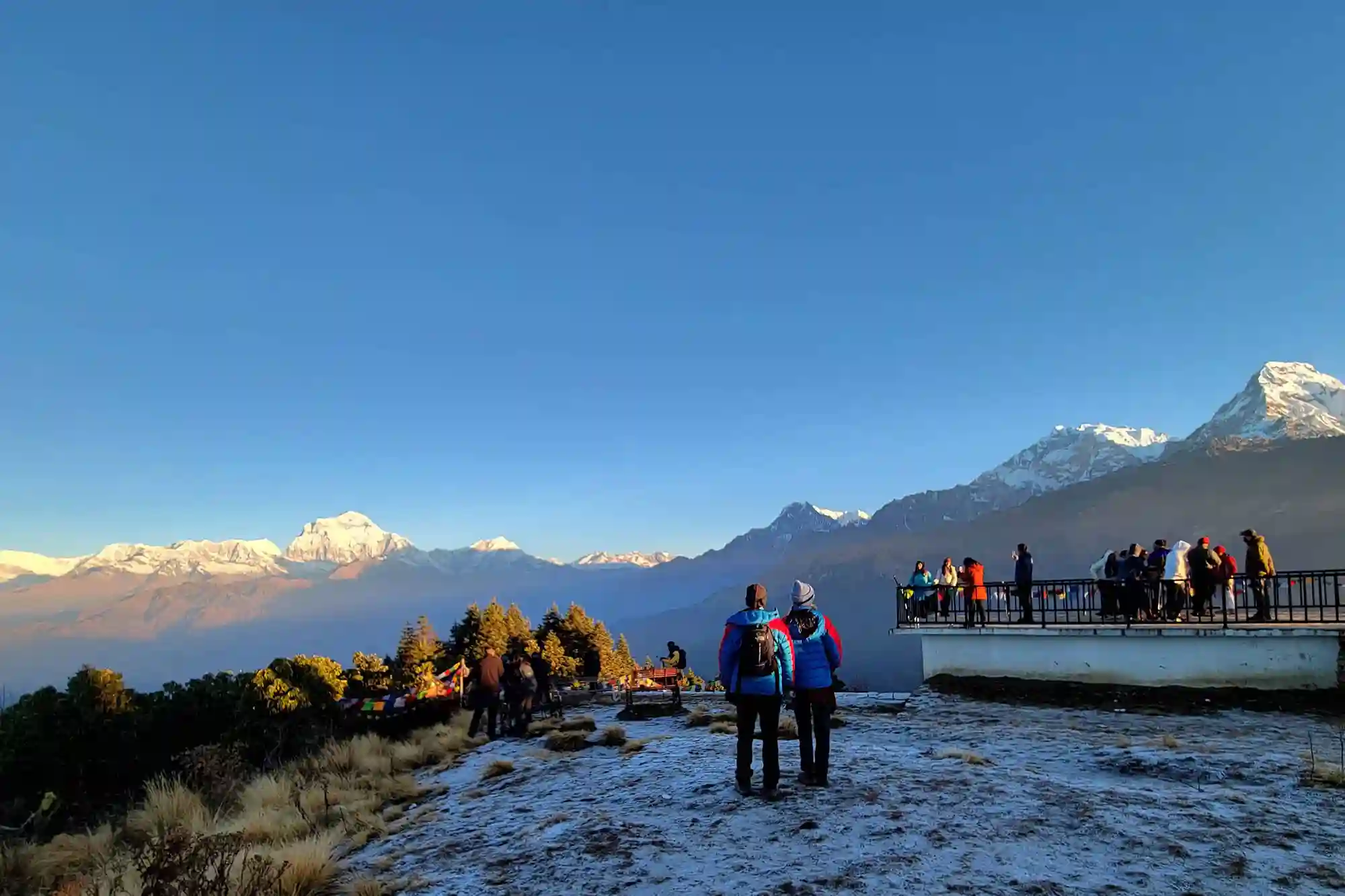
-
Ghorepani Poon Hill Trek
Situated in the breathtaking Annapurna region of Nepal, the Ghorepani Poon Hill Trek is a mesmerizing journey ideal for families. With a maximum altitude of approximately 3,210 meters (10,531 feet), this trek is suitable for children aged 8 and above. The trek’s highlights include witnessing the spectacular sunrise from Poon Hill, trekking through lush rhododendron forests, exploring traditional Gurung villages, and encountering diverse flora and fauna along the way. With well-maintained trails and moderate difficulty level, families can enjoy this trek while creating unforgettable memories amidst the Himalayan landscapes.
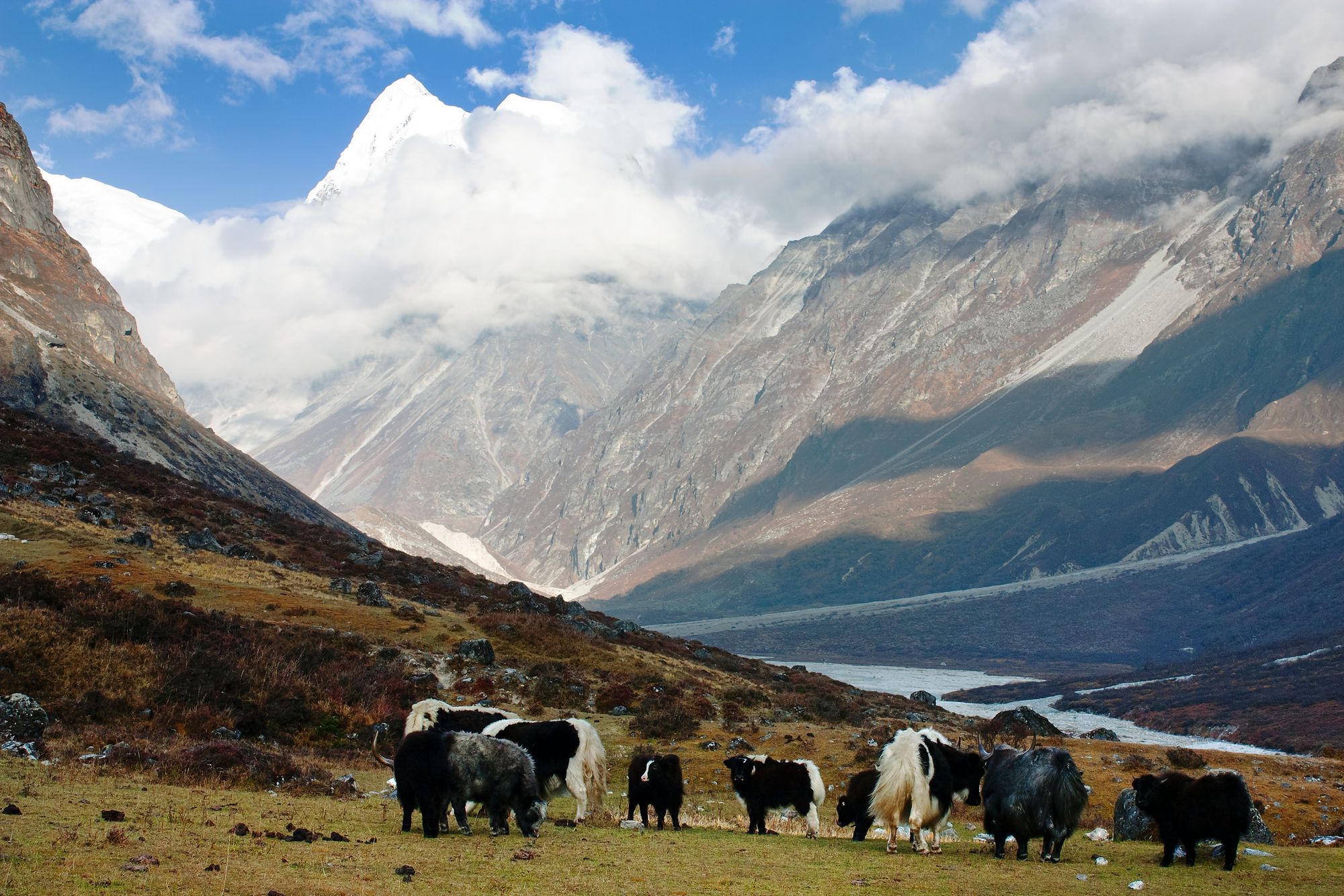
-
Langtang Valley Trek
Nestled in the Langtang National Park, the Langtang Valley Trek offers families an enriching experience amidst breathtaking scenery and rich culture. With a maximum altitude of around 3,900 meters (12,795 feet), this trek is best suited for children aged 10 and above. Highlights of the trek include visiting the ancient Kyanjin Gompa monastery, trekking through scenic landscapes adorned with glaciers, encountering yak pastures and alpine meadows, and exploring local cheese factories. With moderate challenges and opportunities to engage with the vibrant Tamang culture, this trek promises an unforgettable family adventure.
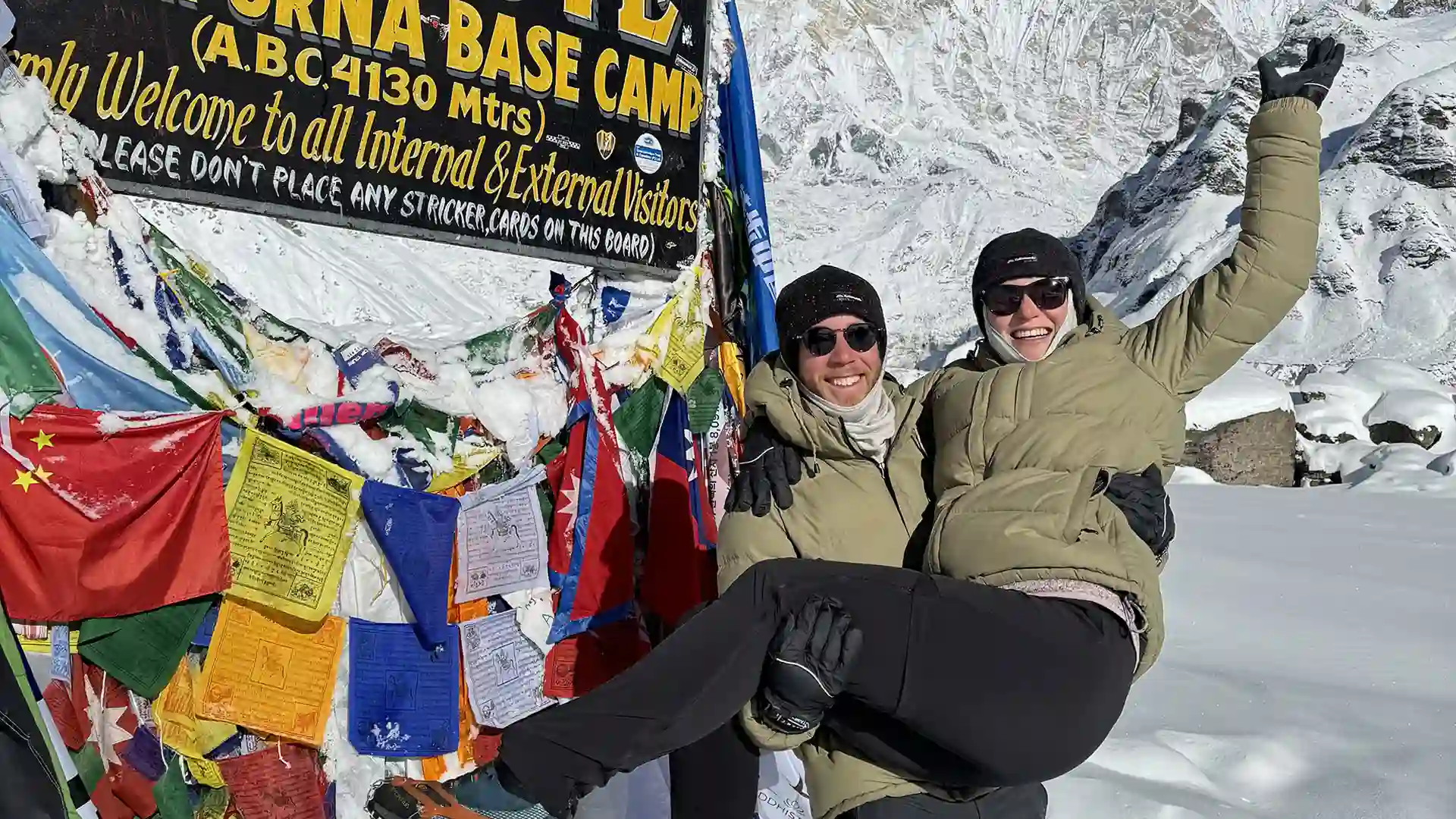
-
Annapurna Base Camp Trek
The Annapurna Base Camp (ABC) Trek is a classic Himalayan adventure that offers families an opportunity to witness awe-inspiring mountain vistas and immerse in local culture. With a maximum altitude of approximately 4,130 meters (13,550 feet), this trek is suitable for teenagers aged 12 and above. Highlights of the trek include stunning views of Annapurna I and Machapuchare, rejuvenating in hot springs at Jhinu Danda, exploring traditional villages and terraced fields, and encountering diverse wildlife along the way. Despite its challenges, the ABC Trek rewards families with unparalleled natural beauty and cultural experiences.
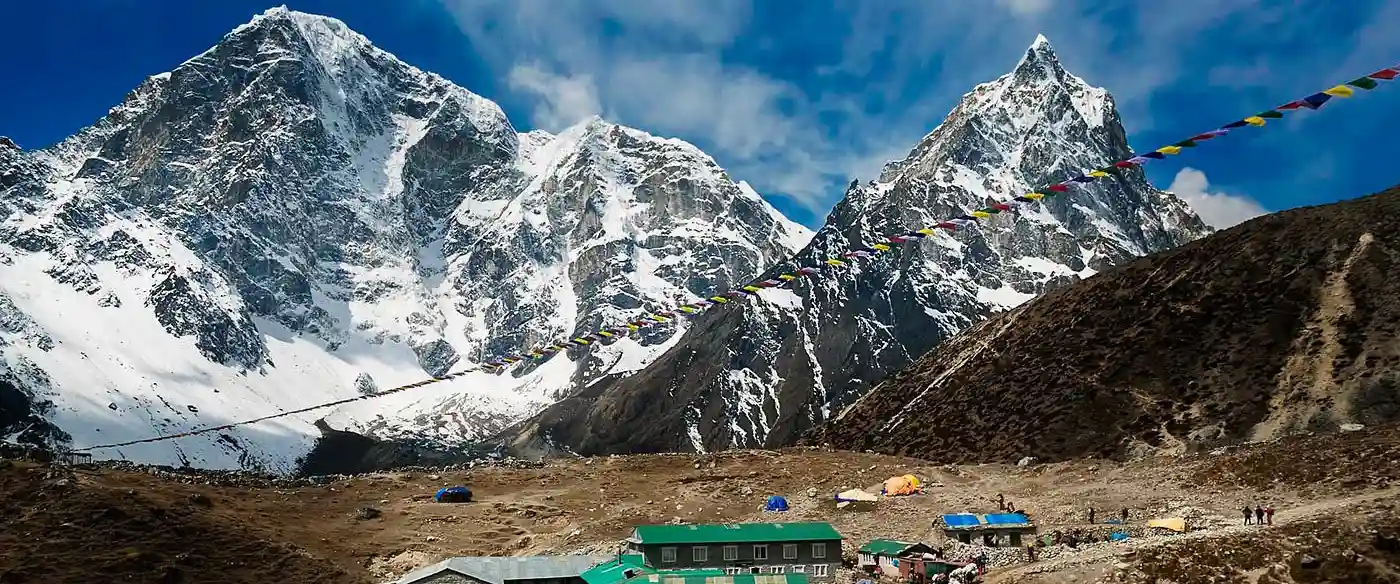
-
Everest View Trek
For families seeking a glimpse of the world’s highest peak without the strenuous climb, the Everest View Trek is the perfect choice. With a maximum altitude of around 3,880 meters (12,730 feet), this trek is suitable for children aged 8 and above. Highlights include panoramic views of Mount Everest and Ama Dablam, immersing in Sherpa culture and visiting monasteries, exploring the vibrant Namche Bazaar, and experiencing a scenic flight to Lukla. Offering a moderate challenge and cultural insights, this trek allows families to create cherished memories against the backdrop of the majestic Everest region.

-
Helambu Trek
The Helambu Trek offers families a delightful journey through picturesque landscapes and traditional Himalayan villages near Kathmandu. With maximum altitudes around 3,640 meters (11,942 feet), this trek is ideal for children aged 8 and above. Highlights include trekking through scenic terraced fields and rhododendron forests, visiting Buddhist monasteries, experiencing the unique Hyolmo culture, and enjoying the close proximity to Kathmandu. With gentle ascents and cultural immersion opportunities, the Helambu Trek provides families with a memorable adventure in the heart of the Himalayas.
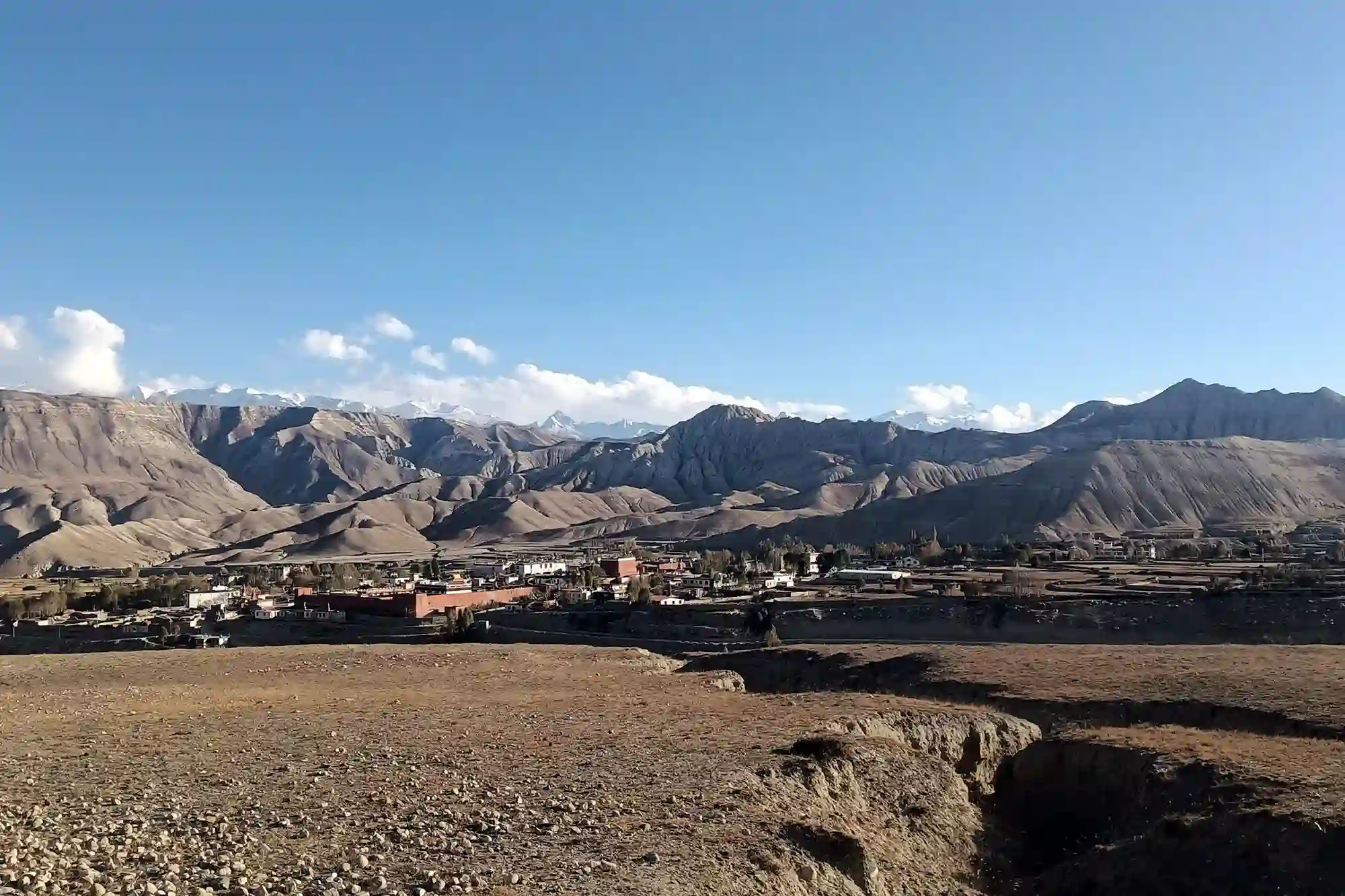
-
Upper Mustang Trek
The Upper Mustang Trek presents families with a unique opportunity to explore the hidden kingdom of Mustang, nestled in the remote Trans-Himalayan region of Nepal. With altitudes ranging from 2,800 meters (9,186 feet) to 3,800 meters (12,467 feet), this trek is best suited for children aged 12 and above due to its moderate difficulty level and high altitude. Highlights of the trek include immersing in the ancient Tibetan culture and traditions, exploring the mysterious caves and monasteries of Lo Manthang, traversing through arid landscapes adorned with colorful prayer flags, and encountering the unique flora and fauna of the Mustang region. With its distinct cultural and geographical features, the Upper Mustang Trek offers families a once-in-a-lifetime adventure in the mystical land of Mustang.
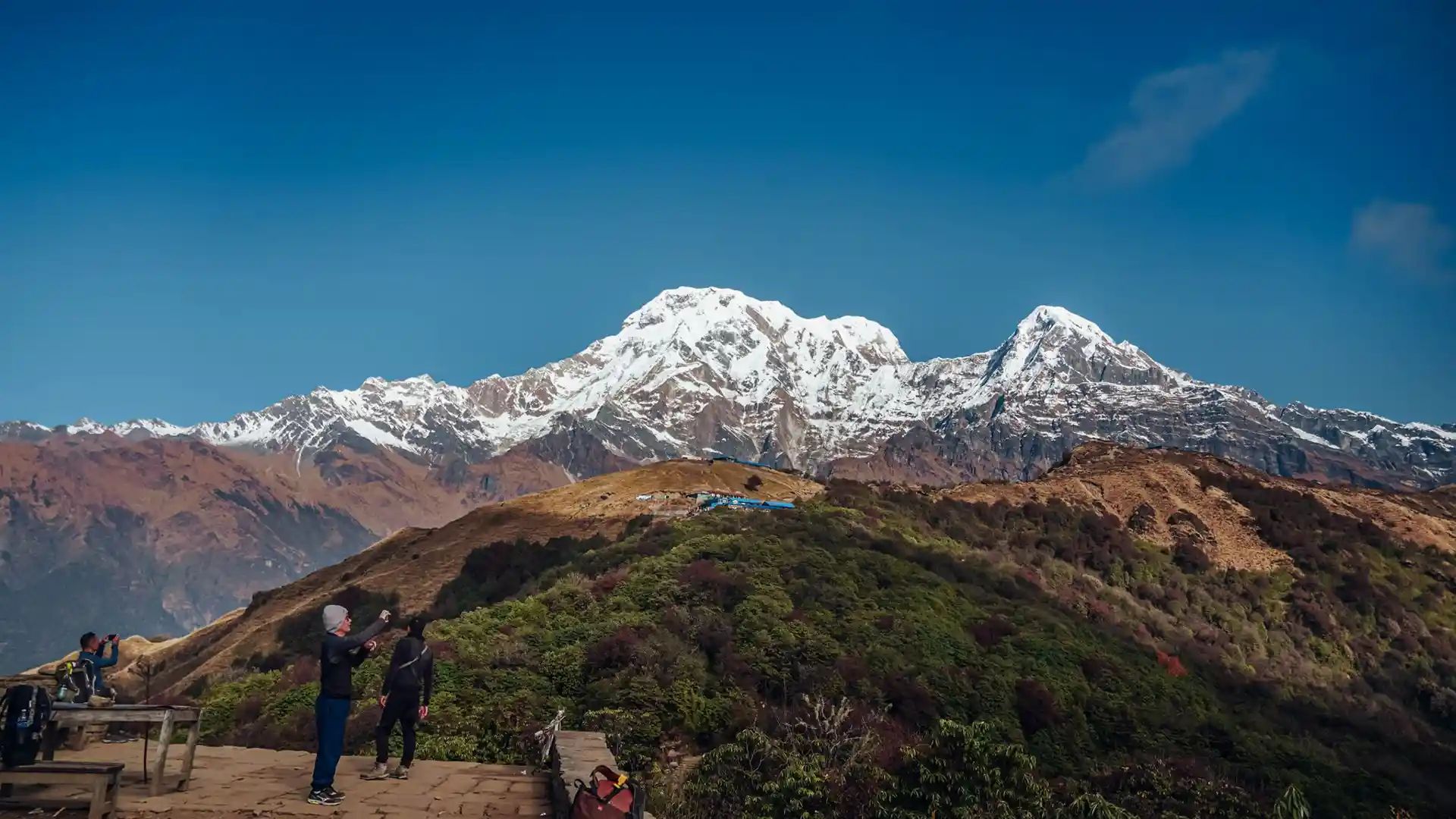
-
Mardi Himal Trek
The Mardi Himal Trek is a hidden gem in the Annapurna region, offering families a tranquil journey through pristine forests, terraced fields, and breathtaking mountain vistas. With altitudes ranging from 1,100 meters (3,609 feet) to 4,500 meters (14,764 feet), this trek is suitable for children aged 10 and above, given its moderate difficulty level and gradual elevation gains. Highlights of the trek include stunning views of Machapuchare and the Annapurna range, trekking through lush rhododendron forests, exploring traditional Gurung villages, and experiencing the warm hospitality of the local communities. With its serene landscapes and cultural encounters, the Mardi Himal Trek promises families a rejuvenating and memorable Himalayan adventure.
Altitude and Geography: Considerations for Family Treks
When planning family treks in Nepal, it’s crucial to consider the altitude and geography of the trekking routes. Altitude sickness can affect individuals differently, especially children, so it’s essential to choose treks with gradual ascents and moderate altitudes. Opting for routes below 4,000 meters (13,123 feet) is advisable for families with young children to minimize the risk of altitude-related issues. Additionally, understanding the terrain and geography of the trekking trails is vital to ensure the safety and comfort of your family. Selecting routes with well-defined paths, varied landscapes, and adequate resting points can enhance the overall trekking experience for families.
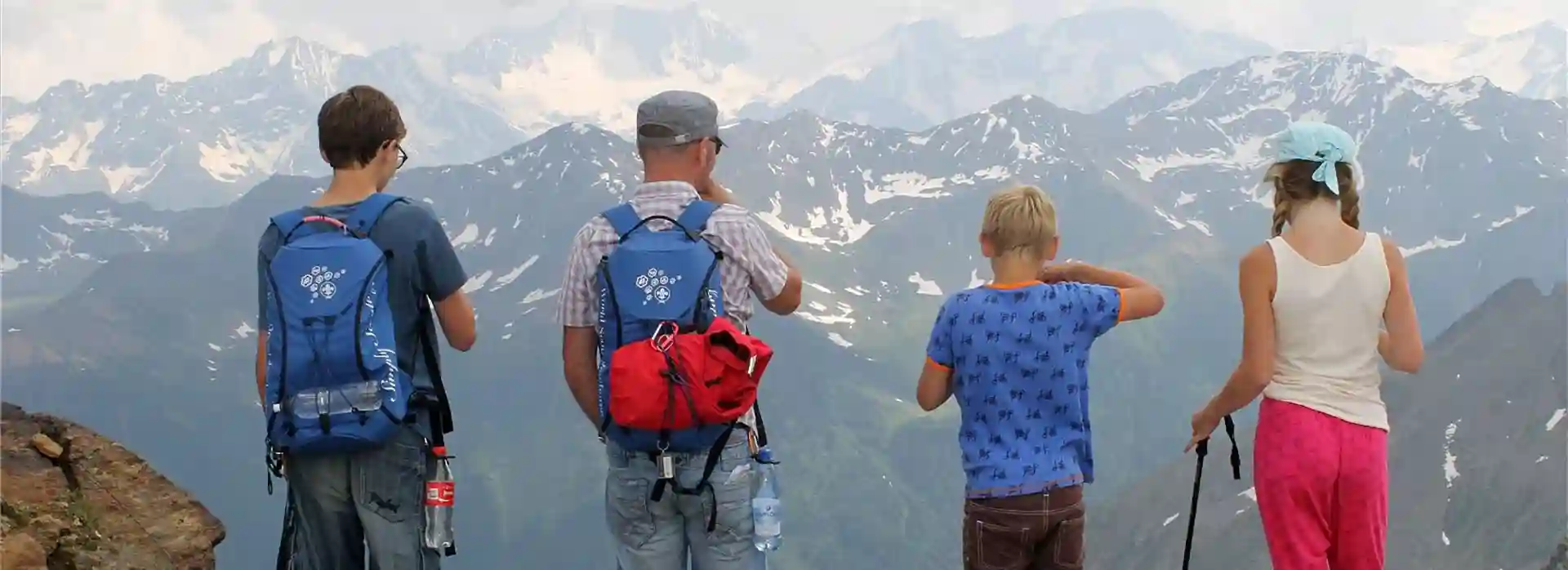
Age and Health of your Kids: Factors to Keep in Mind
The age and health of your children play a significant role in determining the suitability of family treks in Nepal. While some treks are suitable for children as young as 6 years old, others may require a minimum age of 10 or 12 due to their difficulty level and altitude. It’s essential to assess your children’s physical fitness, endurance, and ability to adapt to changing environments before embarking on a trek. Consulting with a healthcare professional and discussing any pre-existing medical conditions or concerns is advisable to ensure the safety and well-being of your children during the trek. Additionally, choosing treks with shorter daily walking distances and rest days can help accommodate the needs of younger children and less-experienced trekkers.
Trekking Distance: Finding the Right Fit for Your Family
Finding the right trekking distance is crucial for a successful and enjoyable family trekking experience in Nepal. While some families may prefer shorter treks lasting a few days, others may opt for longer expeditions spanning several weeks. It’s essential to consider the age, fitness level, and experience of your family members when selecting the trekking distance. For families with younger children or first-time trekkers, shorter routes with daily walking distances of 5-10 kilometers (3-6 miles) are recommended to avoid overexertion and fatigue. Conversely, families with older children or more experienced trekkers may choose longer routes with average daily walking distances of 10-15 kilometers (6-9 miles) to challenge themselves and explore remote regions of Nepal. Evaluating your family’s preferences and capabilities will help you find the perfect trekking distance for an unforgettable adventure in the Himalayas.
In conclusion, embarking on a family trek in Nepal is a rewarding and unforgettable experience that allows you to bond with your loved ones amidst the stunning beauty of the Himalayas. By considering factors such as altitude and geography, the age and health of your children, and the trekking distance, you can ensure a safe and enjoyable adventure for your family. Whether you choose a short and easy trek or a longer and more challenging expedition, Nepal offers a diverse range of trekking routes suitable for families of all ages and abilities. From breathtaking mountain vistas to rich cultural encounters, each trek promises unique experiences and lasting memories. So pack your bags, lace up your hiking boots, and embark on a journey of discovery and adventure with your family in the heart of the Himalayas.

